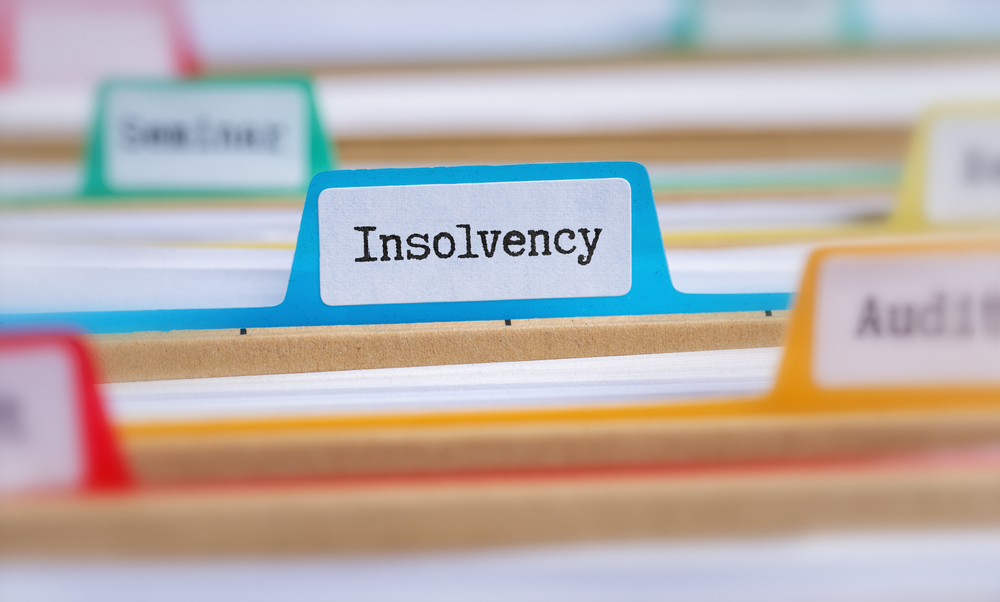
How To Dissolve a Partnership
What is Partnership Dissolution?
Partnership dissolution marks the formal end of a business partnership, severing legal and contractual ties between partners. This process involves winding down the partnership’s affairs and distributing assets.
This process involves several key steps:
- Settling accounts and liabilities
- Disposing of business assets
- Finalising tax obligations
- Informing stakeholders, including clients and suppliers
We often see partners initiate dissolution for various reasons. Perhaps your business goals have diverged, or you’re facing irreconcilable disagreements. Alternatively, you might be responding to changes in personal circumstances, such as retirement or pursuing new opportunities.
It’s important to note that dissolution doesn’t always mean the end of the business itself. In some cases, the business may continue under new ownership or a different legal structure. However, the original partnership ceases to exist.

Legal Basis for Partnership Dissolution
The legal foundation for partnership dissolution in the UK primarily stems from Sections 32 to 44 of the Partnership Act 1890 [1]Trusted Source – .GOV – Section 32-35: Dissolution of Partnership
. However, it’s crucial to recognise that your specific partnership agreement, if you have one, takes precedence over these default rules.
If you have a partnership agreement:
The existing agreement should outline the terms and conditions of dissolution, including the following:
- The process for notifying the other partners of your intent to dissolve the partnership
- The procedure for winding up the partnership’s affairs
- The method for distributing the partnership’s assets and liabilities
If you do not have a partnership agreement:
Without an agreement, the process will be governed by the Partnership Act 1890 which states that a partnership can be dissolved by the following means:
- The death or bankruptcy of a partner
- The expiry of a fixed-term partnership
- The mutual agreement of all partners
- A court order
If you and your partners are unable to agree on how to dissolve the partnership, you may need to apply to the court for a dissolution order.
Types of Partnership Dissolution
There are two main types of partnership dissolution in the UK:
- General dissolution: This is the most common type of dissolution and occurs when the partnership is wound up and ceases to exist. This can be done for a number of reasons, such as the bankruptcy of a partner, the expiry of the partnership agreement, or a mutual decision to end the partnership.
- Technical dissolution: This type of dissolution allows one partner to withdraw from the partnership while allowing the business to continue. The withdrawing partner will receive their share of the business in cash, and the remaining partners will take on their share of the business’s assets and liabilities.
Both general and technical dissolutions can be complex, especially if the partners are in dispute. It is important to seek professional advice from a lawyer or accountant to ensure that the dissolution process is handled correctly.
What is the Process to Dissolve a Partnership?
Once you’ve decided to dissolve your partnership, you’ll need to follow a structured process to ensure all legal and financial obligations are met.
- Begin by formally notifying all partners of the intention to dissolve. This should be in writing and in line with your partnership agreement or the Partnership Act 1890.
- Notify all relevant parties, including:
- Clients and customers
- Suppliers and vendors
- Employees
- HMRC and other regulatory bodies
- Banks and financial institutions
- Stop taking on new business unless necessary to wind up affairs. Complete ongoing projects where possible to maximise the partnership’s value.
- Draw up final accounts to the date of dissolution. These should reflect the partnership’s financial position accurately.
- Settle Liabilities: This includes settling accounts with creditors and finalising tax obligations.
- Convert partnership assets into cash where necessary. This may involve selling property, equipment, or stock.
- After settling liabilities, distribute any remaining assets among partners according to their entitlements as per the partnership agreement or Partnership Act.
Dissolving a Business Partnership in a tax Efficient Manner
For business partnerships with assets of £25,000 or more, a Member’s Voluntary Liquidation (MVL) often presents the most tax-efficient method of closure. This formal process offers significant advantages over standard dissolution methods.
An MVL allows partners to distribute remaining assets without incurring income tax. Instead, any capital gains are taxed at a lower rate, typically resulting in substantial tax savings. This is particularly beneficial for partnerships with significant assets or where partners are higher-rate taxpayers.
To initiate an MVL, partners must sign a declaration of solvency, confirming the partnership can pay all debts within 12 months of liquidation. Once signed, a licensed Insolvency Practitioner (IP) is appointed to oversee the winding-up process. The IP manages the entire dissolution, including selling assets, settling debts, and distributing remaining funds to partners according to their ownership shares.
While an MVL offers substantial tax advantages, it’s important to consider the costs. IP fees typically range from £5,000 to £10,000+, depending on the complexity of the partnership. The process can also take several months to complete.
Can the Court Order the Dissolution of a Partnership?
Yes, the court can order the dissolution of a partnership in the following circumstances:
- Incapacity or inability to perform duties: If a partner becomes incapable of performing their duties, or if they are otherwise unable to contribute to the partnership, the court may order the partnership to be dissolved.
- Prejudicial conduct: If one partner’s conduct is considered to be prejudicial to the continuation of the business, the court may order the partnership to be dissolved. This could include conduct such as fraud, theft, or other serious breaches of the partnership agreement.
- Breach of partnership agreement: If a partner breaches the terms of the partnership agreement, the other partners may apply to the court to have the partnership dissolved.
- Loss-making business: If the partnership is only able to continue at a loss, the court may order it to be dissolved.
- Just and equitable: In exceptional circumstances, the court may order the dissolution of a partnership even if none of the other conditions are met. This could be the case if the partnership has broken down irretrievably, or if it is no longer in the interests of the partners or the business to continue.
It is important to note that the court will only order the dissolution of a partnership as a last resort. If there is any possibility of the partnership continuing in a viable manner, the court will usually try to facilitate this.
The primary sources for this article are listed below, including the relevant laws and Acts which provide their legal basis.
You can learn more about our standards for producing accurate, unbiased content in our editorial policy here.
- Trusted Source – .GOV – Section 32-35: Dissolution of Partnership








